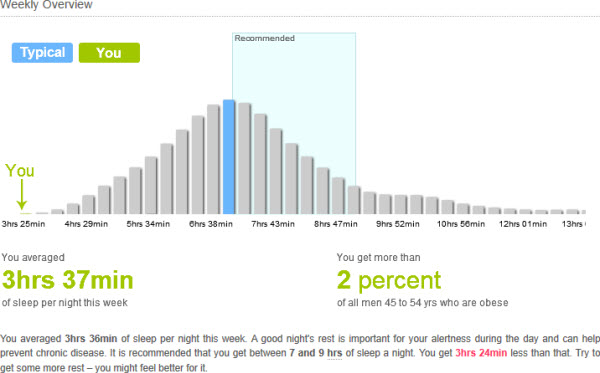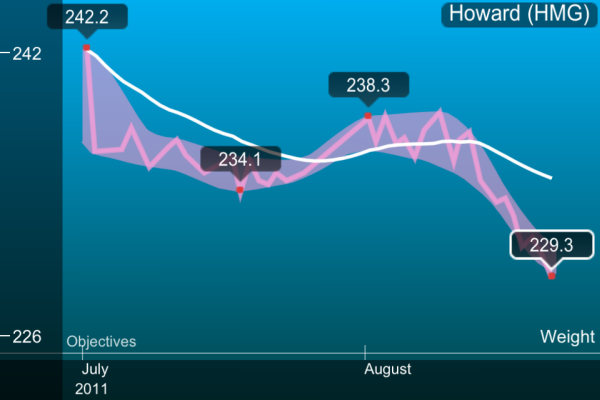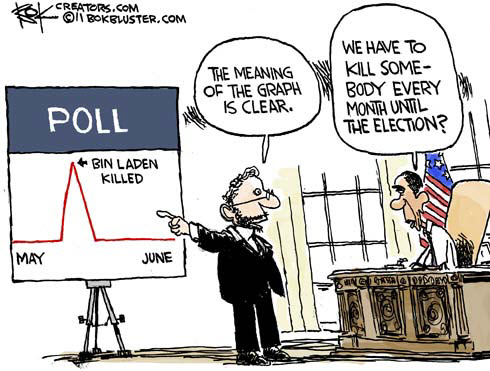Most people say they want to be healthy. That's the easy part … it's more challenging to do.
To be fair, life happens … and it is hard to find sufficient time to exercise. Nonetheless, in this case, procrastination can be a real killer.
Procrastination doesn't just happen with exercise. Many things get put off while waiting for better circumstances, more data, or for it to be the "right" time. Well, it turns out that it's always a good time to take right action.
Here is a great video called "How Bad Do You Want It?" It is inspirational and worth watching. It's not just some exercise video … there is a great message in there worth hearing about business and life, too.
Have you ever looked in the mirror and thought "how did that happen"? Pictures of me on the beach resembled the image on the right.
Perhaps I should blame genetics. My grandfather was a professional wrestler who tipped the scales well above 300 lbs., and my Dad spent plenty of time north of 300 as well.
A year-and-a-half ago I was Twinkie away from there myself.
At 265 lbs., my doctor told me I had a 10% chance of having a heart attack in the next year. That was my wake-up call.
I'm down to 228; and I am committed to being healthy and vital. That makes all the difference.
You Manage What You Measure.
One of the things I really like about the Fitbit is that it's constantly monitoring and reminding me about the actions I take – or the amount of non-action I tolerate.
Here is a screenshot of my Fitbit home screen. It's graphically pleasing and lets me quickly focus on the number of important fitness and activity metrics.
Notice that there is an activity graph that shows the amount and intensity of my activity in five-minute increments throughout the day. It updates wirelessly, and automatically, without me having to press any buttons.
In addition, here is a graph that shows the days activity broken into intensity levels.
I use a graph like this to figure out whether I'm happy with what I'm doing. At work, I do something similar. I ask the team to think about whether we are 'walking', 'jogging', 'running', or 'sprinting'? More importantly, to achieve what we want, what's the right mix?
It's one thing to tell yourself you're working hard; it's another to compare your levels with benchmarks or standards. Here's another area that Fitbit excels. This graph shows that last week my activity level fell in the 90th percentile.
However, this graph shows that recently my sleep patterns fell in the bottom 2%.
While I am competitive and want to increase the number of steps or the percentage of time I'm in higher levels of activity, the quickest way for me to improve my health is probably to get more sleep.
![]() The point is Fitbit doesn't just focus on activity; it helps you figure out the right activities on which to focus.
The point is Fitbit doesn't just focus on activity; it helps you figure out the right activities on which to focus.
There are lots of other things I could tell you (like, it is about the size of money-clip) … but the most important is to just go get one. It is about $90 at Amazon.
Being Healthy, Fit, and Vital … that's Priceless.













